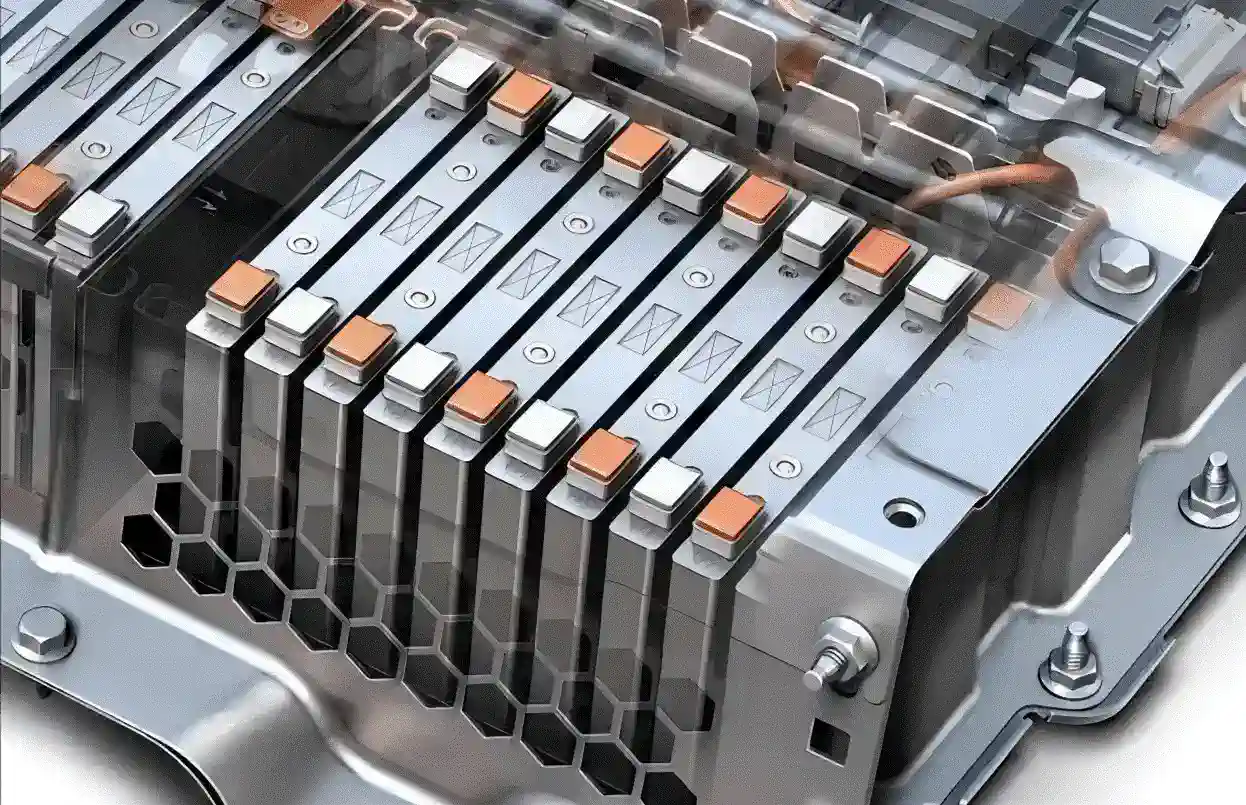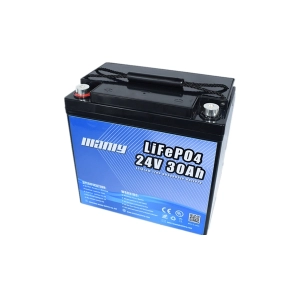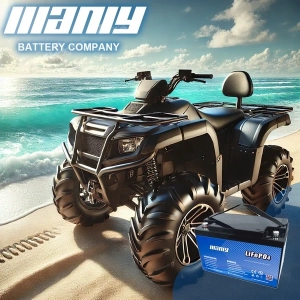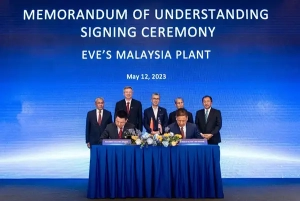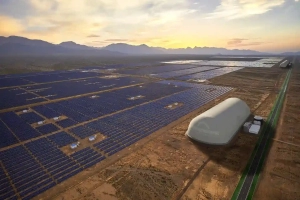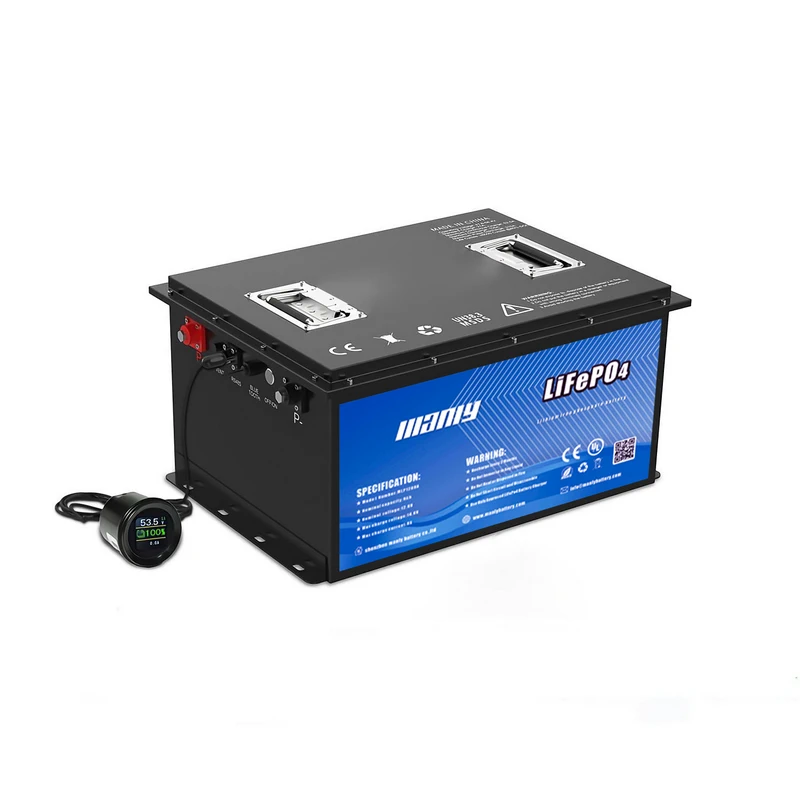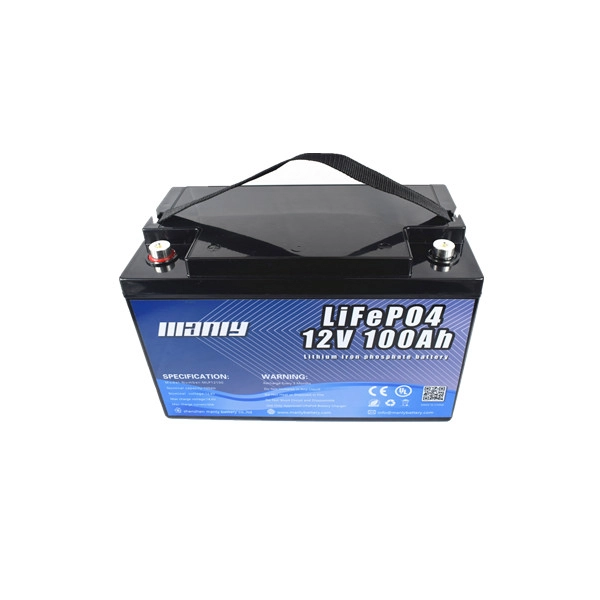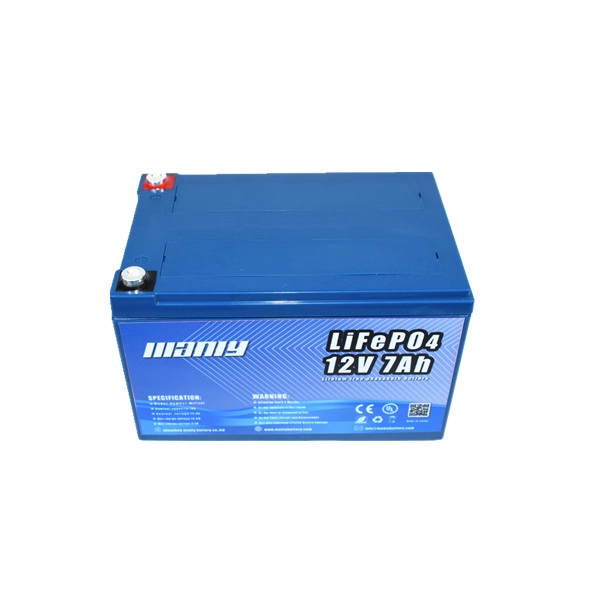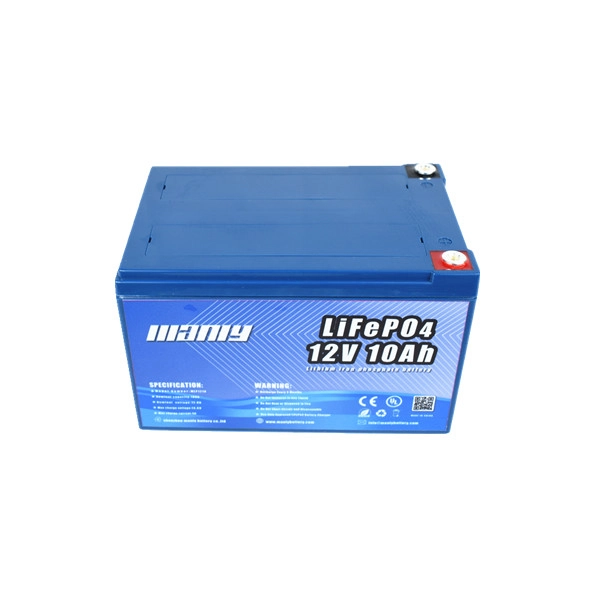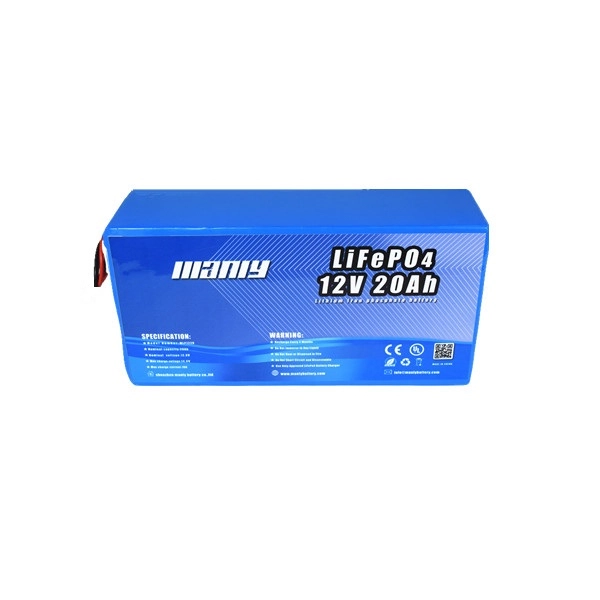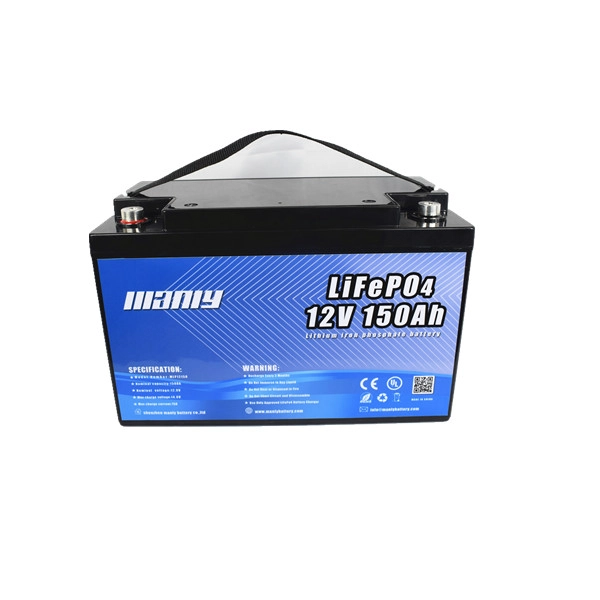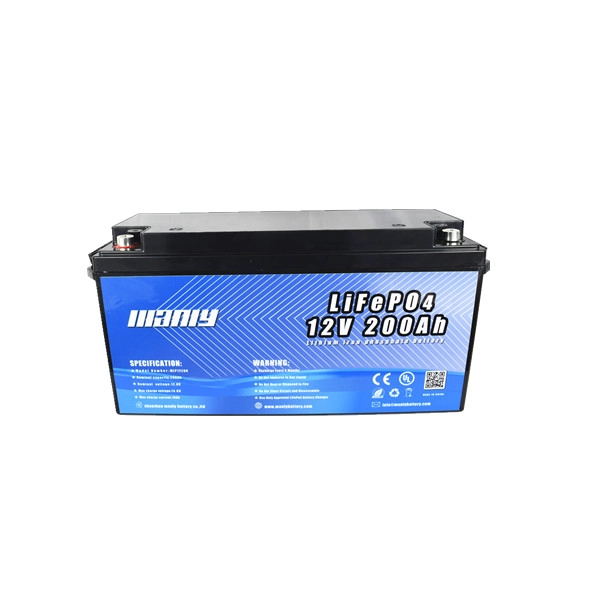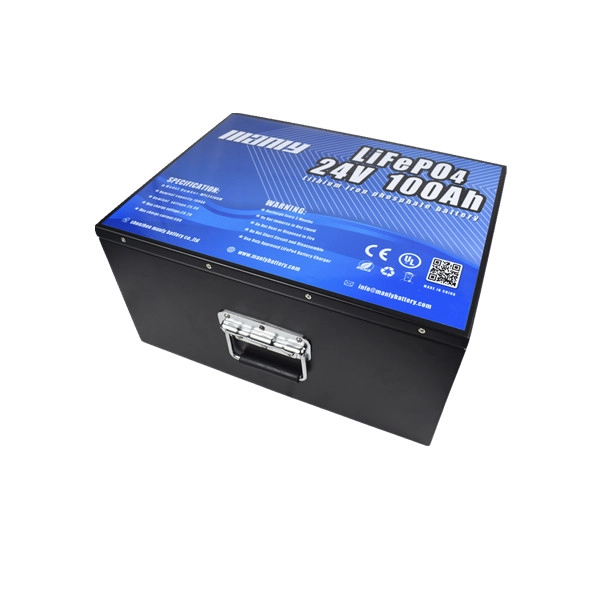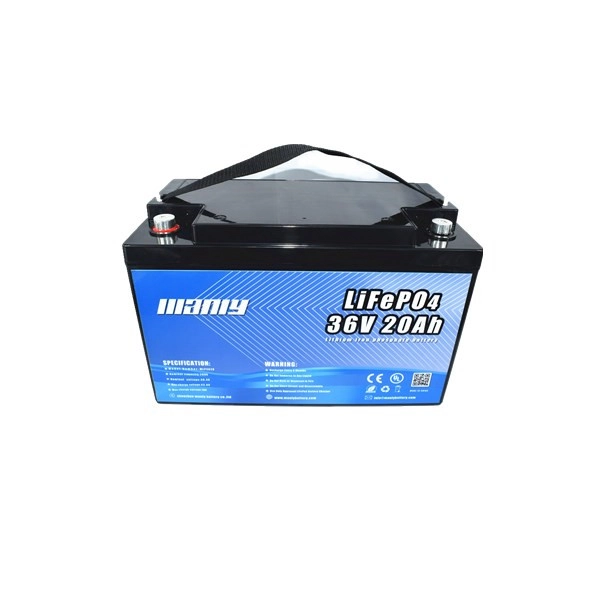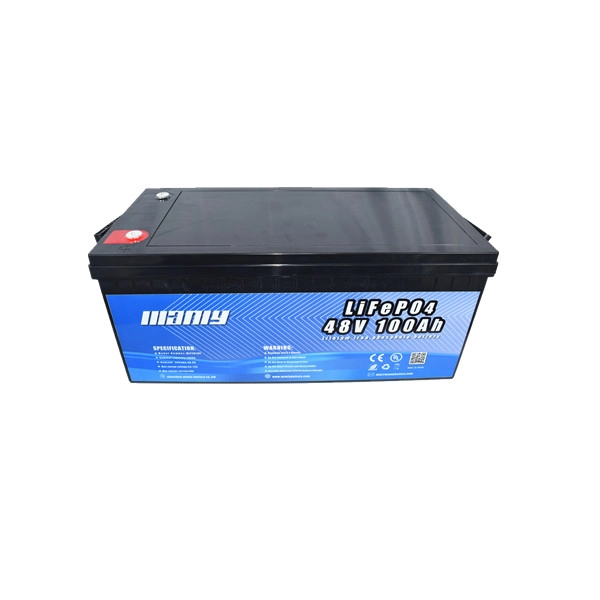Solid State Battery: The Future of EVs
Table of Contents
- Europe: Primarily focusing on polymers (with a conductivity of about 10-7-10-5S/cm) as the electrolyte for solid-state batteries. However, due to the low conductivity of polymers, European mass-produced solid-state batteries offer less range than liquid lithium batteries of the same capacity.
- Japan and South Korea: Their main emphasis is on sulfides (with a conductivity of about 10-3-10-2S/cm) as the electrolyte. While this material boasts ideal conductivity, its complex manufacturing process and the inclusion of rare metals have hindered its commercialization.
- China: Predominantly turning to oxides (with a conductivity of around 10-6-10-3S/cm) as the electrolyte. Given the material's rigidity and high porosity, which can impede the smooth flow of ions, the current technology necessitates the inclusion of an electrolyte, producing a semi-solid state battery. This, however, reduces the battery's energy density. As a result, even though these semi-solid state batteries made from oxides have been incorporated into high-end models by companies like NIO and Dongfeng, their cost-effectiveness hasn't been striking enough to warrant large-scale production.
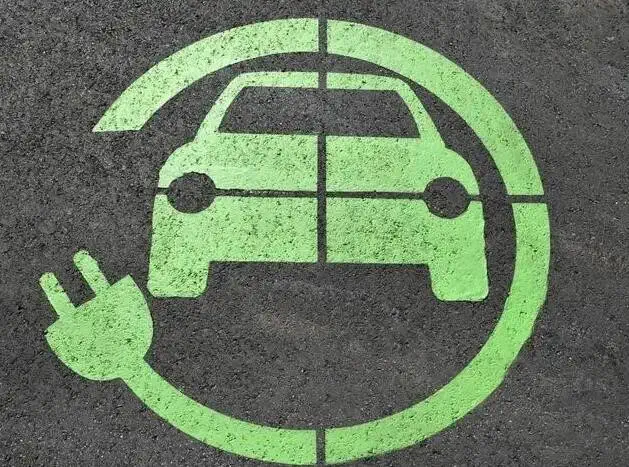
European Pioneers: Bolloré Group's Venture into Solid-State Battery Tech
European clean energy companies primarily employ polymers as the electrolyte in their drive to push forward with solid-state battery research. A notable player in this space is the French Bolloré Group. In 2011, Bolloré Group, as the world's first operator to utilize solid-state batteries in an electric vehicle project, unveiled their in-house developed electric vehicle, Bluecar. This vehicle was equipped with a 30kWh metal lithium polymer solid-state battery produced by its subsidiary Batscap, boasting a range of 120km.However, it's worth highlighting that the Bolloré Group's metal lithium polymer solid-state battery, with a 30kWh capacity, only managed a 120km range. In contrast, Tesla's Model 3, equipped with a 60kWh liquid battery, can achieve a range of over 400km. Doing the math, a Tesla model equipped with a 30kWh liquid battery can exceed a range of 200km, distinctly outperforming the Bolloré Bluecar.The key reason for Bluecar's significantly reduced range compared to Tesla, even when equipped with batteries of the same capacity, is the low conductivity of solid-state batteries that use polymers as the electrolyte. This limitation also underscores why, despite being the first in Europe to mass-produce solid-state batteries, widespread adoption remains elusive. Confronted with this bottleneck, other major European clean energy firms have sought alternative strategies: partnering with leading global solid-state battery companies to retain a competitive edge in the future automotive battery sector.For instance, Volkswagen heavily invested in the solid-state battery company QuantumScape, which is publicly listed in the U.S. By the end of 2014, Volkswagen already held 5% of QS shares. In 2018 and 2020, the Volkswagen Group made two separate investments in QS, pouring in $300 million each time, becoming the company's largest shareholder.In conjunction with this, both companies also established a joint venture, aiming to build a solid-state battery production line by 2025. With significant financial backing, QuantumScape's technology has continually advanced. For example, previous QS single-layer batteries, under room temperature and pressure, could maintain 90% of their initial energy storage after 1,000 charging cycles at a 1C rate. Now, under the same conditions, their multi-layer batteries can still retain 90% of their energy storage after 800 cycles.However, to date, QS has not rolled out mass-produced batteries, while competitors' solid-state batteries are gradually entering mass production, mounting pressure on QS. As things stand, even though Europe was the first to commercialize solid-state batteries, the low conductivity of polymers and uncertainties surrounding the commercial viability of their invested companies have slowed their advancement in the solid-state battery domain.Japanese Giants Lead in Sulfide-based Solid-State Battery Patents
Sulfides, once touted as the most promising electrolytes in solid-state batteries, possess several advantages such as high conductivity and malleability. However, the technological approach of using sulfides as electrolytes comes with a more intricate production process. For instance, during the fabrication process, sulfides can react with water and oxygen in the air, producing the highly toxic hydrogen sulfide gas. Addressing this issue necessitates refining the production process, which subsequently increases costs.To leapfrog in the energy race, Japanese and Korean clean energy companies have shown a distinct preference for using sulfides as the electrolyte in their solid-state batteries. This complexity in technological procedures has compelled these companies to intensify their research in the solid-state battery realm, leading them to accumulate a significant portfolio of technical patents.According to data disclosed by Nikkei Chinese Web in collaboration with the patent survey company Patent Result, from 2000 to the end of March 2022, the leading power battery companies in terms of publicly disclosed solid-state battery patents were Toyota, with 1,331 patents; followed by Panasonic Holdings with 445 patents; and Showa Shell Sekiyu ranking third with 272 patents. All three Japanese companies focus their R&D on sulfide-based solid-state batteries, with Toyota being the most advanced. As early as June 22, 2017, Toyota had applied for a U.S. patent for a solid-state battery using sulfides as the electrolyte.Recently, Toyota revealed to the media that it has developed a solid-state battery capable of a 1,200-kilometer range, charging in just 10 minutes, with plans to introduce vehicles equipped with these batteries to the market by 2025. Despite Toyota's ambition to mass-produce vehicles equipped with solid-state batteries using sulfides as the electrolyte, the technical complexities coupled with the high costs due to the use of numerous rare metals might hinder large-scale adoption.Currently, the global average price for the electrolyte in lithium-ion batteries doesn't exceed $10/kg. In contrast, the primary material for the sulfide solid electrolyte, Li2S, ranges from $1,500 to $2,000/kg. This means that the sulfide electrolyte is over 150 times the price of the electrolyte used in lithium-ion batteries.